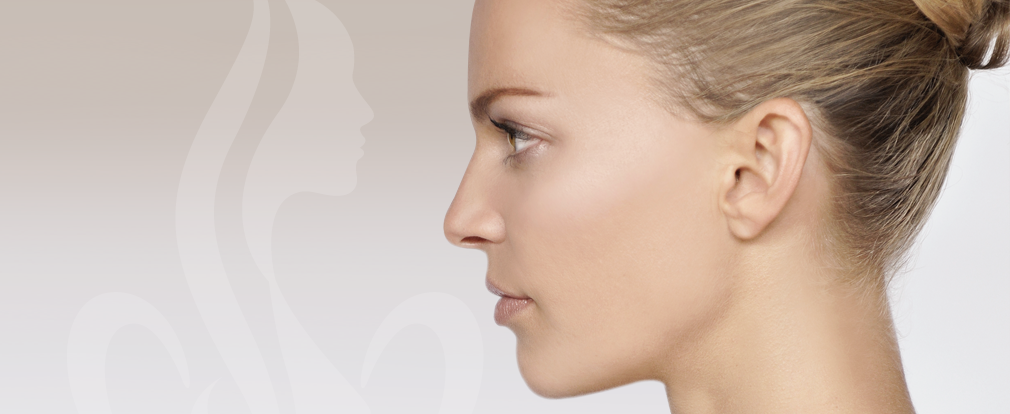Be it size, shape or curvature: ears are as diverse as fingerprints and unique to each individual. Usually, our ears are close to the head. Depending on predisposition, a slightly pronounced or entirely missing fold results in protruding ears. Those are the consequence of a developmental disorder of the cartilage, which, however, does not involve any further trouble besides aesthetic impact. Ear correction means the ears are restored to their natural position.
The procedure of ear surgery
A discreet incision is made behind the ear to correct the missing or inadequate crease in the upper region of the pinna. A crescent-shaped skin flap is removed, and a small part of the cartilage is reshaped and fixed with sutures. Sometimes, the two ears are designed differently and thus have different shapes. This is also considered during surgery and corrected to ensure symmetrical ears. The procedure hardly leaves any visible marks later due to the cosmetic seam and ensures that the ear maintains its shape for a lifetime. The surgery is performed in an outpatient setting under local anaesthesia. For children under 10 years of age, general anaesthesia is possible to avoid panic and unnecessary trouble. The procedure only takes 1 to 1.5 hours.
Slight swelling may occur after the surgery. To protect the ears and support the wound-healing process, the patient has to wear a headband for seven days. After about 10 days, the wound will have healed. However, to continue to protect the ears, the patient needs to wear the headband at night for another three weeks. Sports, exercise and swimming will be possible again after about four weeks. Approximately from the age of five, the growth process of the pinna has been completed. From that time, ear surgery may be performed without any problems.
| Type of intervention | Outpatient procedure, with or without sedation |
|---|---|
| Duration of the procedure | 1 to 1.5 hours |
| Recovery time | 7 to 14 days |

